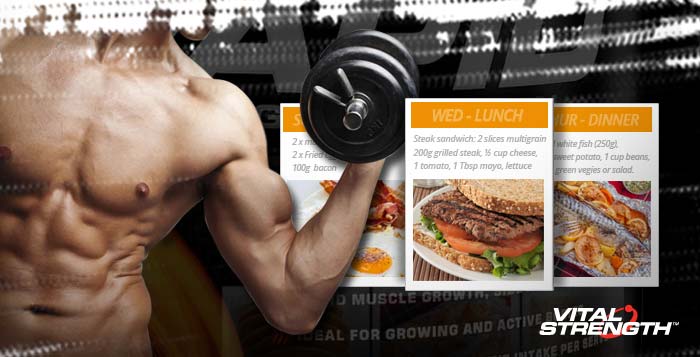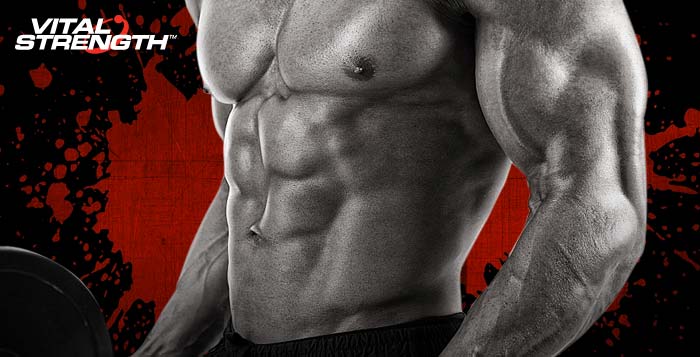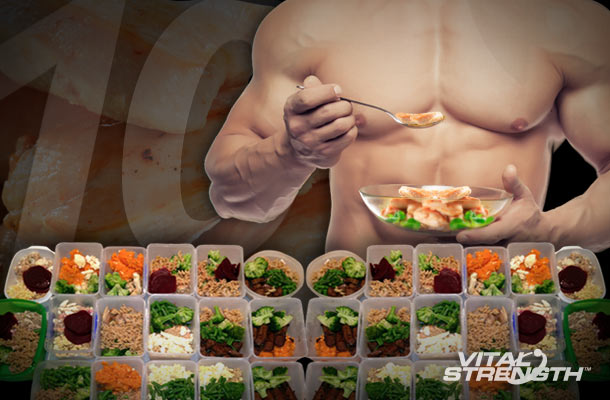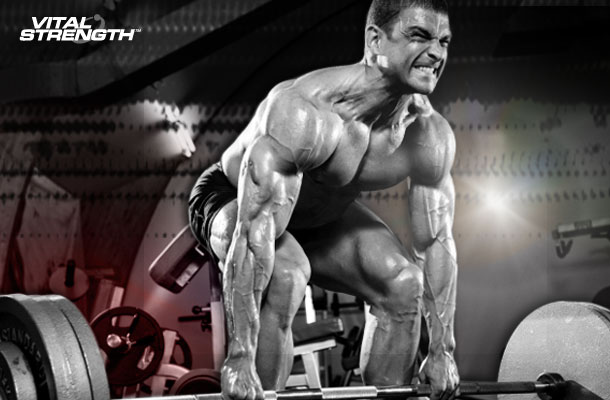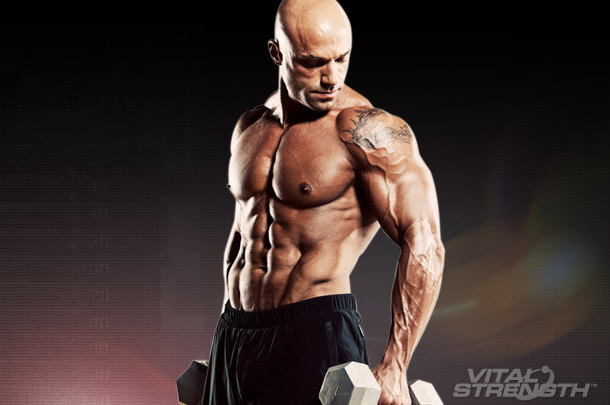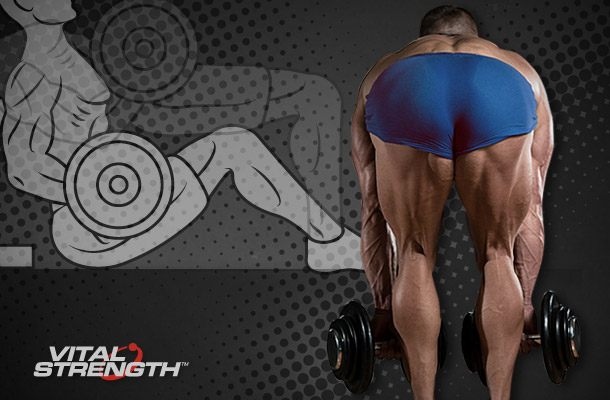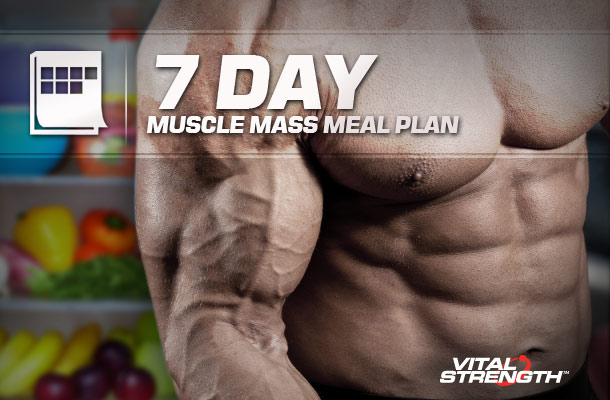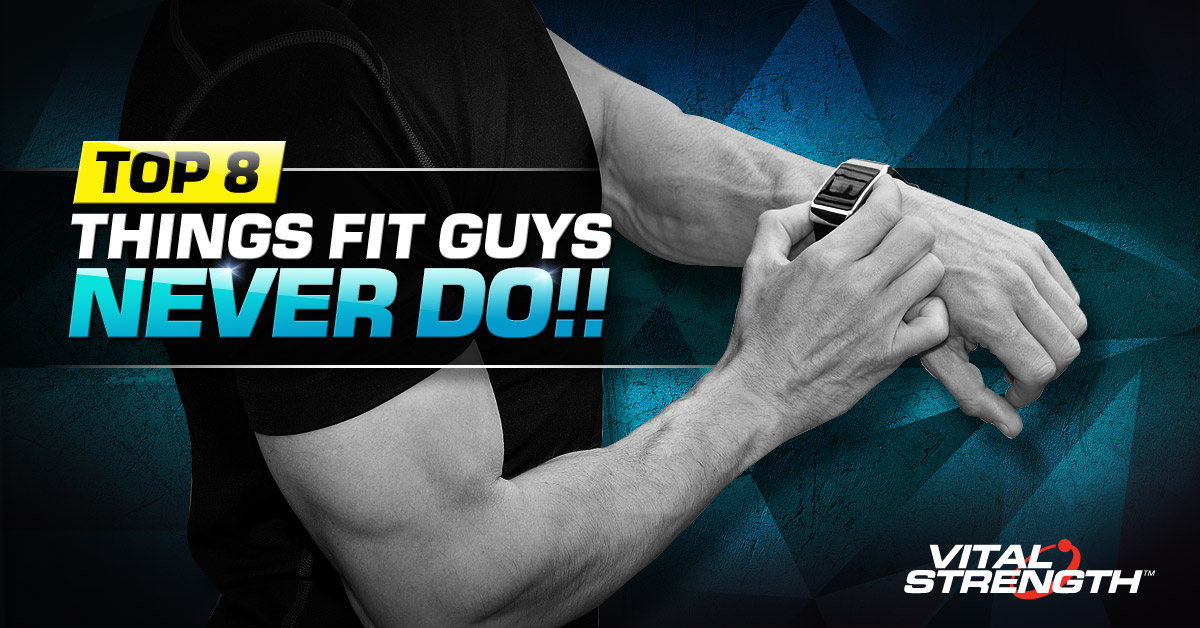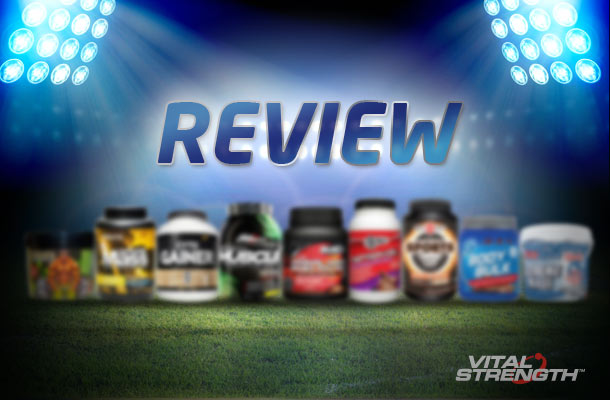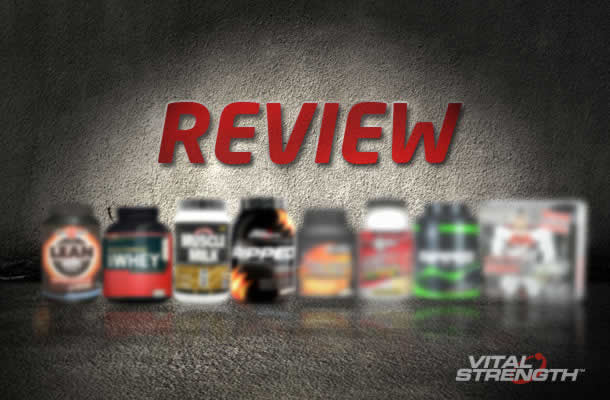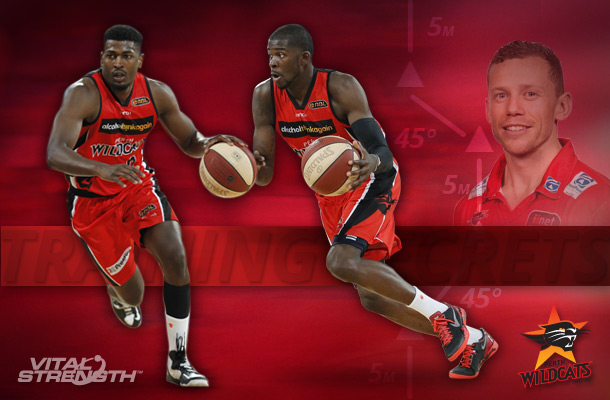
Basketball Training Tips from Perth Wildcats Head Strength & Conditioning Coach, Will Markwick.
In Will’s opinion there is no substitute for speed whether you’re 5 ft10 or 6 ft. 10. The goal is to have extremely mobile players from positions 1 to 5 to allow the Perth Wildcats to play their own brand of Basketball. There is an element of speed and agility in every training session to teach, master and improve these skills.
Below Will explains 3 key skills that The Perth Wildcats need for optimum on court performance and the exercises used to improve them.
Lateral Quickness![]()
Lateral quickness in basketball generally refers to an athlete’s ability to guard a player one on one. To be effective at this skill you are required to have great body awareness and control and the ability to coordinate powerful lateral movements.
Exercise: Swing step to slide.
Purpose: To teach the fundamentals of the defensive slide and improve lateral quickness.
Directions: With a partner using a 2m elastic band strapped around the hips, start standing on the 3pt line, swing step laterally towards the key way, follow up with a quick defensive slide. Repeat facing the opposite direction. Complete a contrast set with out the band resistance.
Coaching Cues: Low center of gravity, strong athletic posture, forcefully extend the outside leg, swing your arms through simultaneously to aid propulsion, keep your feet wider than your hip width, stay low and follow with fast steps to the key way.
Progressions: Add in a side run, add a reaction component to the contrast set to challenge decision-making ability.
![]() First Step Quickness
First Step Quickness
The Perth Wildcats have identified that the first 5 meters of acceleration is critical. They employ a number of different drills and use training aids e.g. weighted sleds to improve acceleration. In basketball initial acceleration occurs in response to a rebound, steal or a loose ball situation, so it is important to try and use exercises that mimic this.
Exercise: Hurdle Jump and Sprint
Purpose: To teach acceleration mechanics; add a reactive component to mimic rebounding.
Directions: Place a 30cm hurdle on the baseline, instruct athlete to stand next to the hurdle facing towards to court. The athlete is to jump continuously over the hurdle for 6 repetitions, after the sixth jump the athlete accelerates to the 3-point line as fast as possible.
Coaching Cues: Maintain that your feet are hip width apart when jumping, focus on fast contact jumps. 3 main cues for the acceleration; LEAN, ARMS & EXTEND. Lean at a 45-degree angle to the ground, powerfully drive your arms up and back and extend your legs forcefully (pushing back).
Progression: Instead of designating a rep range, the athlete continues to jump over the hurdle until the coach yells GO! then the athlete sprints. Secondly, make the athlete face away from the court so when they land they have to spin and then sprint.
![]() Cutting
Cutting
Refers to an athlete’s ability to suddenly change direction at pace, typically a skill set used in the offensive component of basketball.
Exercise: Continuous Cutting Drill
Purpose: To teach cutting technique, to develop reactive and decision making ability.
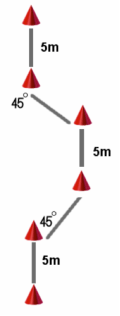 Directions: Place cones 5m apart each offset at a 45-degree angle to each other (see diagram). Athlete sprints at the first cone rapidly decelerates and then accelerate towards the next cone and continues to the end repeating the same technique.
Directions: Place cones 5m apart each offset at a 45-degree angle to each other (see diagram). Athlete sprints at the first cone rapidly decelerates and then accelerate towards the next cone and continues to the end repeating the same technique.
Coaching Cues: There are three distinct phases, 1. Acceleration 2. Deceleration 3. Cut. Accelerate using the technique aforementioned, decelerate by lowering your center of gravity using smaller steps, cut by planting your outside foot (to the cone) wider than your hip width, support and drive with the inside leg and follow with powerful leg drive. Control your body position and use a strong arm action.
Progressions: Expand the cone set-up so that the athlete can cut in both directions from the start. A coach can stand at the second cone and point or cue the athlete which direction to cut at the last second. To further progress the coach can advance towards the athlete and the athlete must decide the best direction to go. Furthermore you can do this with a basketball, adding in specific ball handling techniques to combine with the correct footwork.
Perth Wildcats Head Strength & Conditioning Coach, Will Markwick, leaves you with this notion, “Speed and agility is a skill, like all other skills practice it continuously. Always try to progress towards adding a decision making component to your agility drills to improve the transfer to your on-court performance. “
The Perth Wildcats use a combination of Vitalstrength supplements to help players get fitter, recover faster and train harder. Most players use WPI+ Protein Powder or Total+ High Protein to build lean muscle mass post training plus BCAA’s morning and night to enhance muscular recovery and growth.



